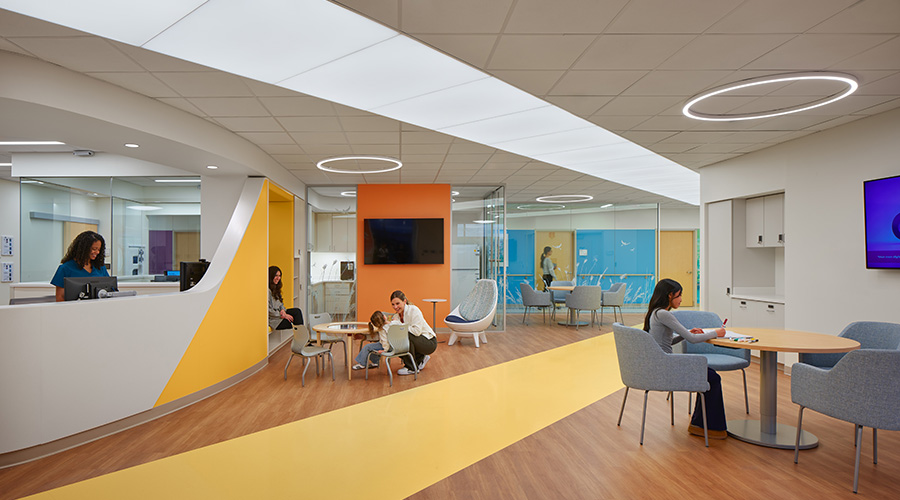In the expanding age of globalization, travel, novel viruses, treatment-resistant pathogens, and more recently, a global pandemic, the ability to mobilize resources to contain public health threats is imperative.
Unfortunately, multiple infectious outbreaks have revealed the gaps in knowledge and practice that contribute to the spread of disease — particularly around surfaces. If a facility's surfaces cannot be effectively cleaned, disinfected, and/or sterilized, it puts both patients and caregivers at risk for infection.
Typically, the focus is placed on hard surfaces — such as countertops, overbed or bedside tables — and visual observation to determine if something is cleaned or disinfected. Soft, porous surfaces are virtually overlooked, despite being in direct contact with patients and staff. A lack of knowledge and understanding around the risks of soft surfaces, paired with the absence of any industry-wide protocols or procedures, leaves facilities vulnerable to higher infection rates.
In order to effectively curb the spread of infection, it is crucial to include soft-surface contamination in the discussion around prevention and ensure that the soft goods used can be effectively cleaned and disinfected. Furthermore, the industry must develop consistent expectations and guidelines for testing surfaces, which can be understood and enforced by all relevant parties.
Before the healthcare industry can implement protocols and procedures around soft-surface contamination, it must first understand the definition and scope of soft surfaces. Simply put, soft surfaces include any porous material. However, even this basic definition can vary in interpretation, depending on the understanding of “porous” vs. “non-porous.”
The issue becomes even more complex when terms such as “moisture-resistant” and “moisture-proof” are used to describe the materials that encase traditional soft surfaces.
Take hospital mattresses for example. A mattress may be coated in a moisture-resistant material to improve the product’s lifespan and durability, but that does not protect the mattress from absorbing moisture and potentially deadly pathogens over time. If a facility interprets moisture-resistant to mean no moisture will enter, then it can result in improper cleaning protocols and care — putting patients and caregivers at risk for infection.
Other common soft surfaces include, but are not limited to: pillows, positioners, chairs, gurneys and/or pads. It is important to note that every soft surface contains some form of a “core” — or cushioned interior — that allows for the accumulation of microbes over time from patient to patient. Because these microbes cannot be reached by disinfectants, they continue to be aerosolized into the air with each use.
Any traditional soft surface used in healthcare facilities — whether it is deemed reusable or disposable — will continue to spread infection unless its core is protected and its exterior can be effectively cleaned.

 Contaminants Under Foot: A Closer Look at Patient Room Floors
Contaminants Under Foot: A Closer Look at Patient Room Floors Power Outages Largely Driven by Extreme Weather Events
Power Outages Largely Driven by Extreme Weather Events Nemours Children's Health Opens New Moseley Foundation Institute Hospital
Nemours Children's Health Opens New Moseley Foundation Institute Hospital Code Compliance Isn't Enough for Healthcare Resilience
Code Compliance Isn't Enough for Healthcare Resilience Ribbon Cutting Marks First Phase Completion for New Montefiore Einstein Facility
Ribbon Cutting Marks First Phase Completion for New Montefiore Einstein Facility